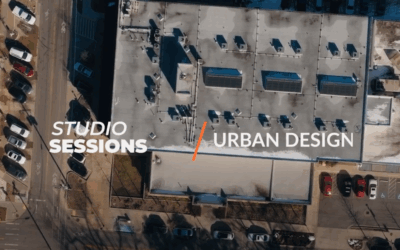Energy resilience ensures an organization has a reliable and regular supply of energy and contingency measures in place in the event of a power failure. Beyond energy, water is becoming equally important. Take a look at the winter storms in Texas during February of 2021. Hospitals and health-care facilities with functioning back-up power systems struggled to deliver critical services for want of water. All of this is part of the larger discussion of resiliency planning to include risk management and the necessity for an organization to define their critical facilities.
Particularly in health care, but also in military and government facilities, the need for true resiliency and assured continuity of service is driving a greater emphasis on risk management, properly assessing the impact of lost utilities. For a critical care hospital, a lack of water may delay delivery of vital kidney dialysis. For a remote Army National Guard facility, a power outage during a devastating storm may stop the fueling of vital vehicles needed in the emergency. These and many similar users are assessing risks to missions, planning for outages, and putting in place resilient measures to bridge the outages.
These measures vary depending on the current infrastructure, nature of the facility, technical ability of the operations staff, plus numerous other factors. An important item is the detailed identification of their needs and assets. A first element in solutions is always energy and water use audits, benchmarking the facility and developing conservation measures to be implemented. Reducing the energy or water use footprint is always the initial move, prior to sizing and selecting equipment and systems to provide the resiliency.
When considering emergency power systems designed for resiliency, which may only be called on in rare circumstances, investments in those resources can become more attractive if system owners establish monetization pathways in dynamic energy markets. For example, battery energy storage systems designed to power a facility through a major outage can also be used to shift a customer to cheaper off-peak power if time-of-use pricing is in effect. Time of use, utility interruptible rates and other dynamic pricing schemes are being rolled out at the utility level, offering an opportunity for various types of distributed generation and storage to help users boost resiliency and manage energy costs simultaneously.
Utilities and state governments are also in the process of deploying programs that provide additional compensation for electricity supplied from renewable energy and energy storage systems, referred to as feed-in tariffs. Some states are beginning to develop microgrid services tariffs that would compensate microgrid developers for the additional benefits they provide to overall grid stability and renewable energy integration. These programs provide yet more ways for organizations to maximize the value of their distributed energy infrastructure.
Threats to our utility grids will only continue to intensify due to aging systems, increasingly powerful weather events, and other attacks, posing mounting challenges. Fortunately, distributed energy technologies and solutions, such as microgrids, once considered out-of-reach are now attainable for government agencies, campuses and companies across many sectors thanks to new innovations and rapid cost decreases, enabling them to reduce costs and carbon emissions simultaneously.
Between the ever-growing importance of energy and water and the ever-growing risks to energy and water infrastructure, organizations that demonstrate the true economic benefit of resiliency and start investing in resiliency today will be better prepared to withstand major grid outages and, ultimately, support crucial missions in the long term.
This article was originally published in AMP News Online.
Tom Hanlon is the author of this article.



